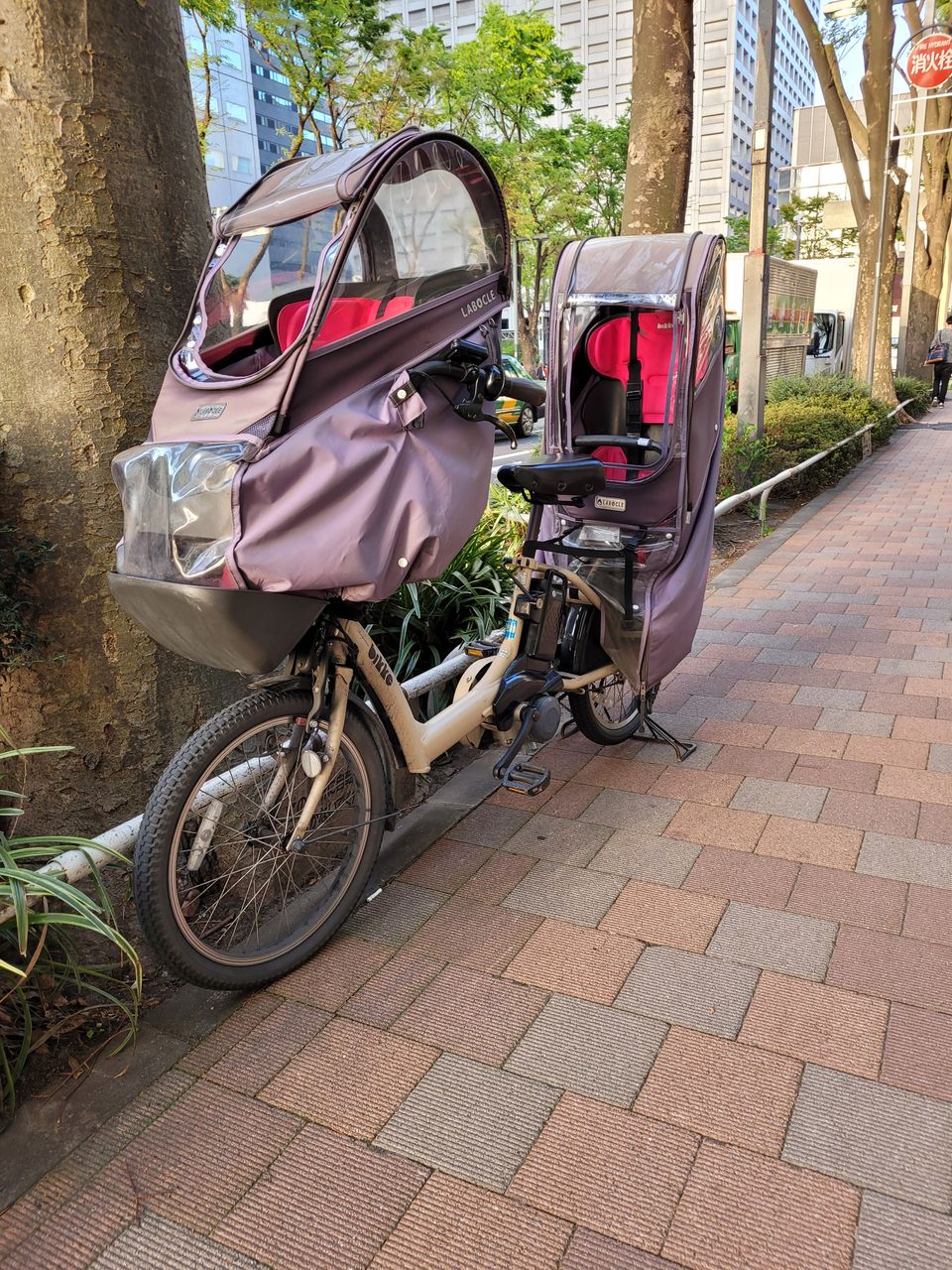Bike Paths - Some Science to Ponder


The bike path debate with some science thrown in.
The graph shows the very significant gap between the capabilities of recreational and regular commuting or exercise-driven fit cyclists.
In the hilly terrain of Rosanna, Heidelberg, Eaglemont and Ivanhoe deep cuttings and high embankments were required to keep the train line below a 2% gradient.
These were hugely expensive civil engineering works originally justified by the freight and public transport passengers.
Our road network - since horse & cart days - has not needed the same degree of terrain-taming because of the gas-guzzling power of internal combustion engines.
It is not recreational cyclist territory. It is not child- friendly.
Is it realistic to force commuting cyclists onto the roads & residents in the south of Banyule?
The dollar cost alone of imposing cycle paths on our road network, making some footpaths into shared paths, losing on-street carparking in some busy localities is itself prohibitive.
The human cost of deaths and injuries that will follow as surely as night follows day is unconscionable.
The increased emotional cost (fear, anger, exasperation) of forcing the further mixing of pedestrians, vehicles, bikes and the emerging electric scooters in "shared" corridors is intolerable.
To what end, for whom, for how many would a bike path hugging a high-frequency train line be built - at public expense - for free use by a small elite?
A simple exercise for you - work out how many cyclists would use a Hurstbridge rail corridor bike path through our suburbs if a cost-recovery toll system was applied.
The answer is none.
The cost per bike trip would be so prohibitive no cyclist would use it.
So why have the public stump up the cost and have a tiny number of elite young cyclists use it for free?
Think money better spent on hospitals, schools, decent aged care, housing the poor............
Did you know that <1% of trips from northern Banyule to the CBD involves active transport (ie bike riding)?
Did you know trips to the CBD are evenly split between public transport and private vehicles?
Member discussion